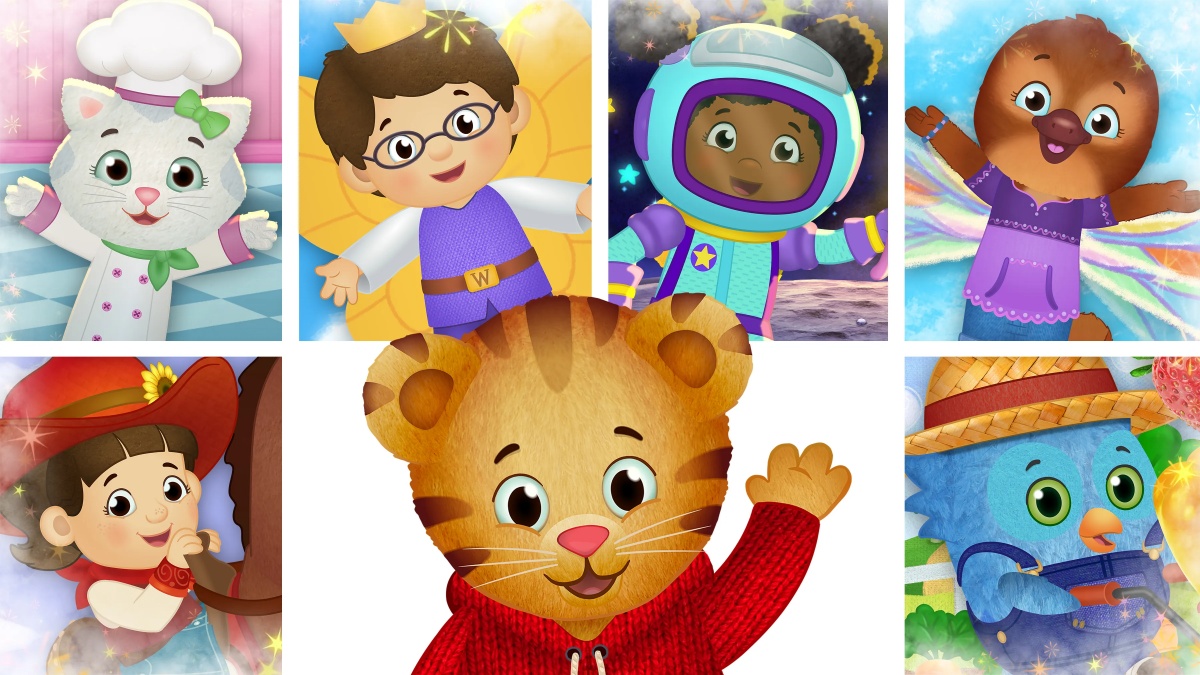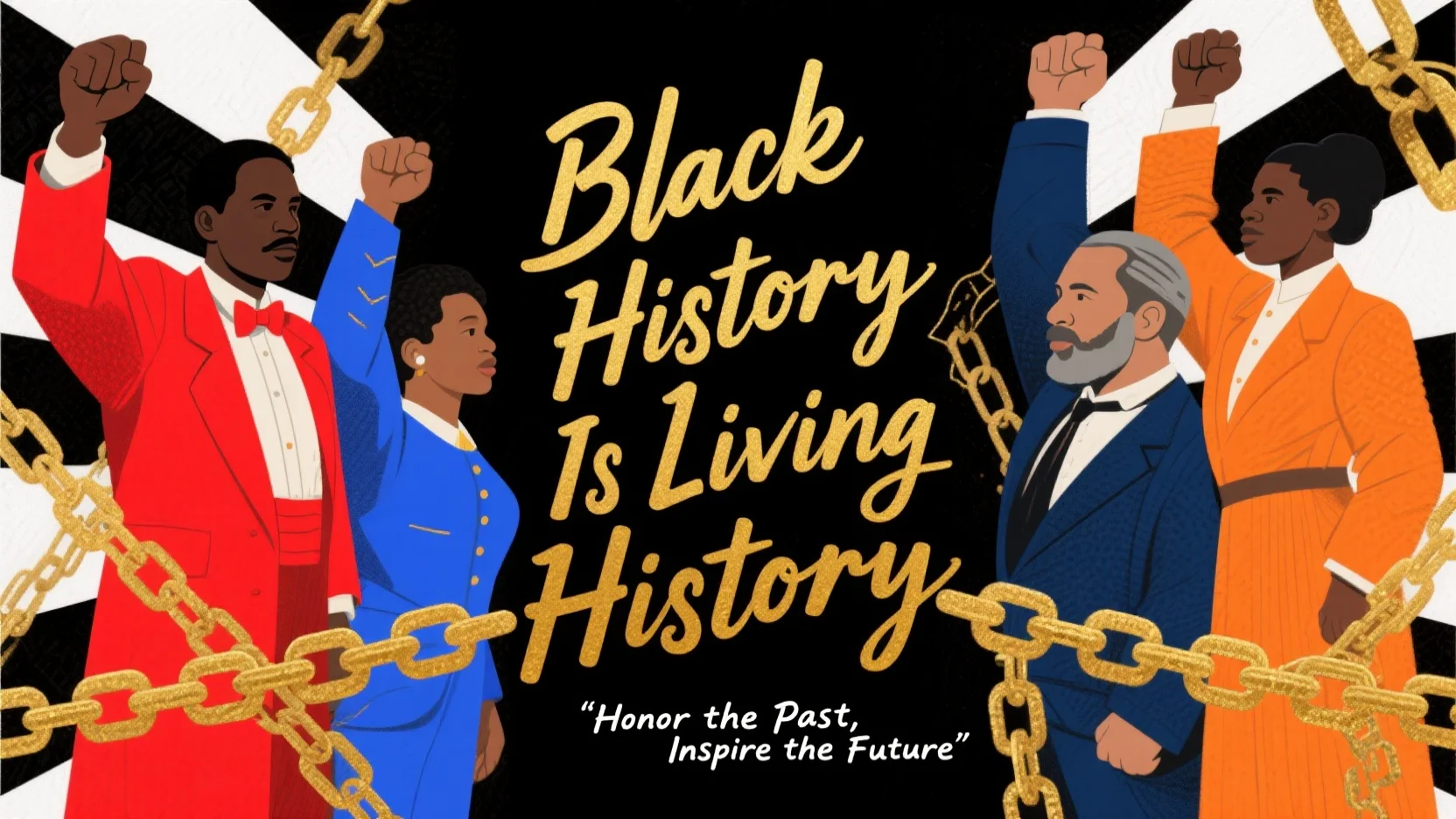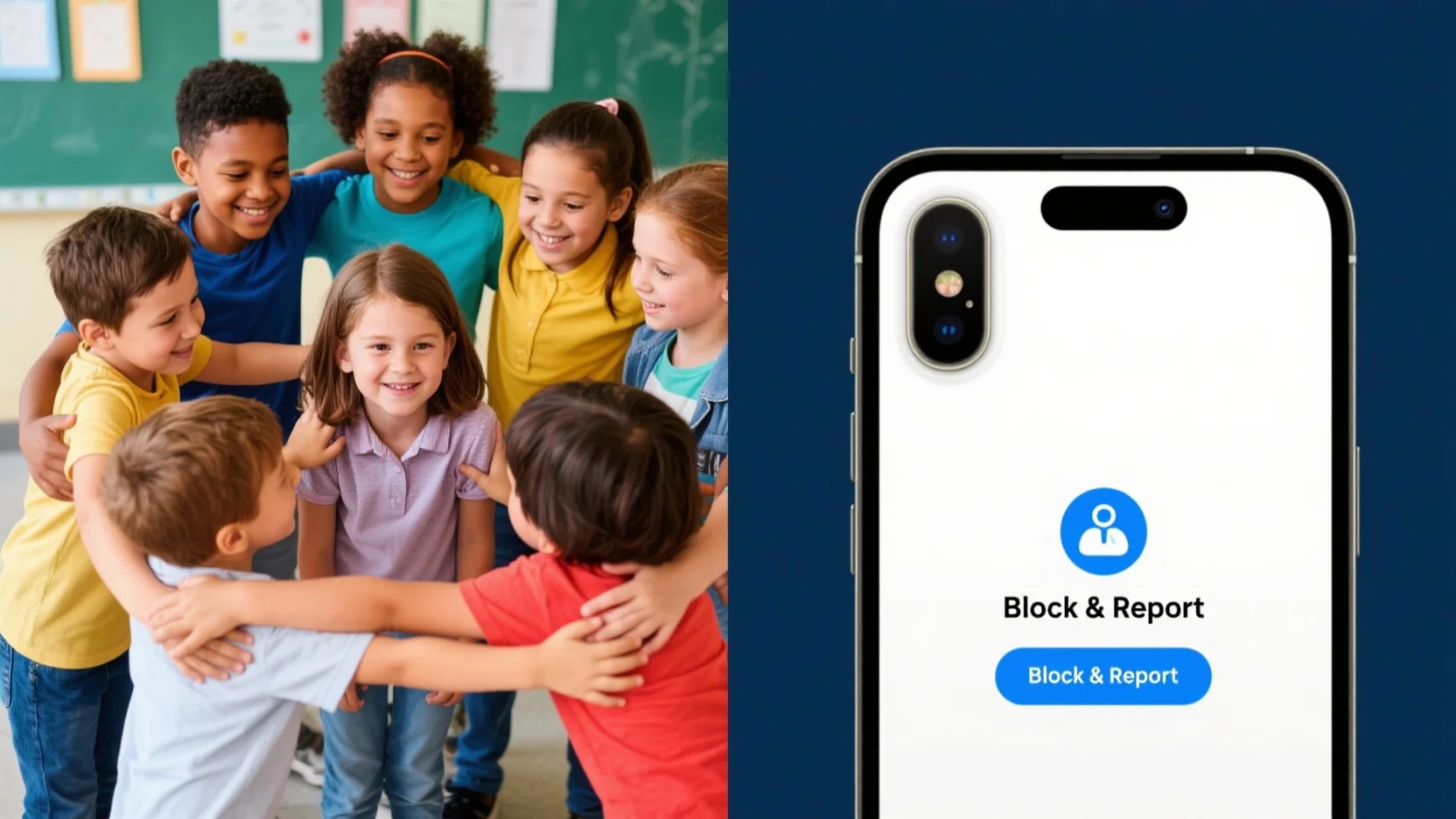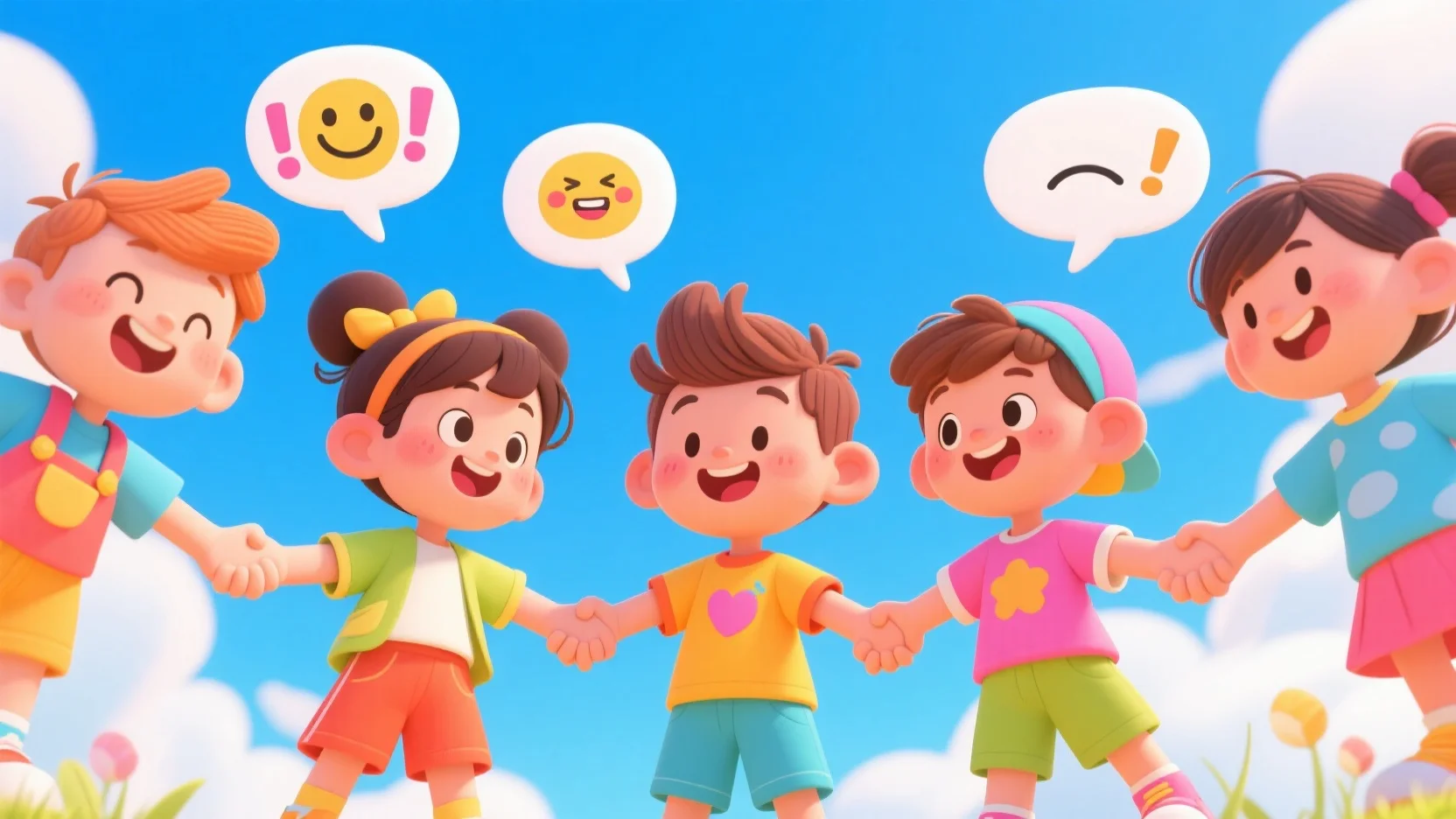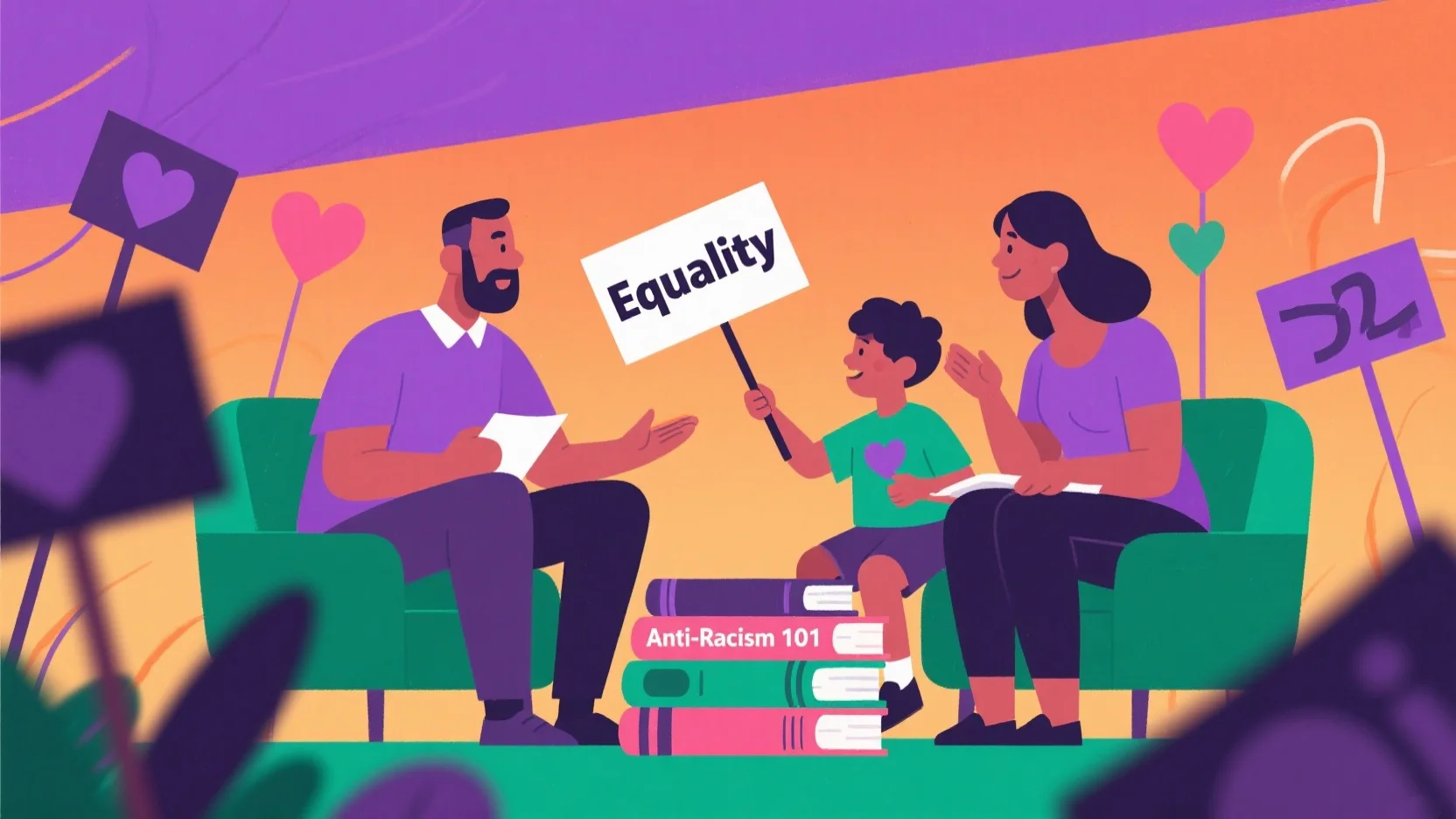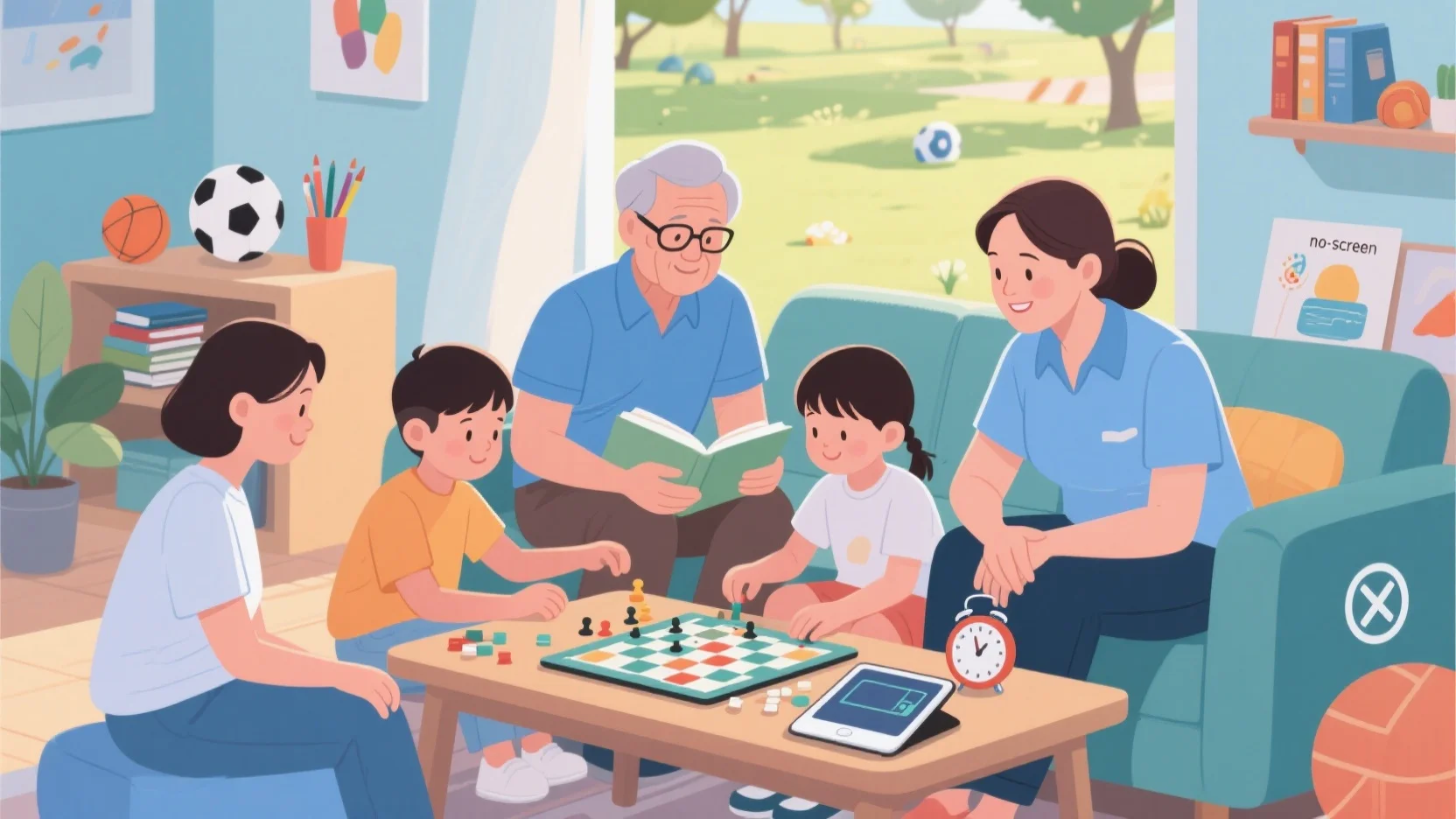Yes, a TV show can help kids develop reading skills—especially when it’s designed with early literacy in mind.
While watching TV alone won’t replace reading books or direct instruction, certain educational shows can reinforce key pre-reading skills in fun, engaging ways. Here’s how:
How TV Shows Support Early Reading Skills
1. Letter Recognition and Phonics
Shows like Super Why!, Alphablocks, or Word Party focus on letter sounds, spelling, and word building. They help kids recognize the alphabet, understand how sounds form words, and build phonemic awareness—all critical skills for learning to read.
2. Vocabulary Development
TV exposes children to a wide range of words, often in context. Programs like Sesame Street and Bluey use clear, age-appropriate dialogue that introduces new vocabulary in meaningful ways.
3. Listening Comprehension
Listening to stories and conversations in shows helps children understand narrative structure, make predictions, and follow cause and effect—all foundational skills for reading comprehension.
4. Print Awareness
Some shows highlight text on screen, such as characters pointing to words or subtitles following along with speech. This helps children make connections between spoken and written language.
5. Motivation and Engagement
If a child is excited about a show’s story or characters, they may be more motivated to read books based on those characters—like Pete the Cat, Clifford, or Daniel Tiger. This bridges screen time and reading time.
Tips for Maximizing Literacy Benefits from TV
- Watch together: Pause to ask questions or point out letters and words.
- Choose literacy-focused shows: Prioritize shows that explicitly teach language or storytelling.
- Read related books: Follow up with picture books or early readers tied to the show.
- Turn on subtitles: Seeing words on screen can boost word recognition, especially for early readers.
Final Thought
Yes, TV shows can support reading development—especially when combined with active engagement, thoughtful viewing, and plenty of books. In moderation and with the right content, screen time can be a fun and helpful part of a young reader’s journey.
